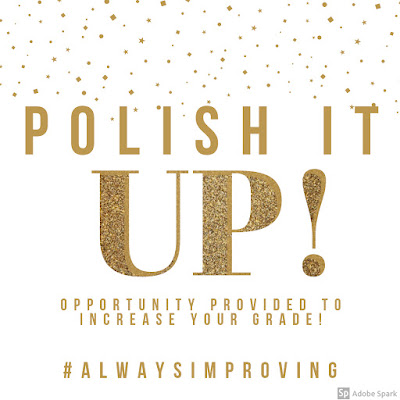Look no further than "Social Studies Shorts."
This isn't a new idea for a project. Our English teacher has done it in her ELA classroom before, and I thought it was cool and filed it away into my "someday I'll try that" folder.
Then I was reminded of it by Adam Topliff, an awesome teacher in my PLN. He did it with his 8th graders over the Articles of Confederation, and I figured it would be a great thing to use as my "semester final project" for my 8th graders over Lewis and Clark. I believe he got the idea from education consultant, Curtis Chandler. (You should follow both on Twitter @mrtopliff and @CurtisChandler6 ) for great ideas.
As I've said before, I don't typically do the same thing year after year. I am always looking to revamp and find new ways for students to work with the content. One thing that does typically stay the same in my history classes is starting with an essential question.
I love to present the question at the start of a lesson and then spend the next few days having the students investigate and prepare to answer the question. It's HOW they answer the question where I'm always looking to shake things up.
This year, I took a lesson over Lewis and Clark that I've done pretty much the same way the last two or three years. The lesson is a good one, a Structured Academic Controversy (SAC). I wrote a blog about it last year...find that post here. That lesson comes from SHEG. I am using the same materials from the SHEG lesson, but the end result isn't a structured debate between students, but a short film created instead referred to as "Social Studies Shorts"
Check out this video example of a Social Studies Short.
When Mr. Topliff tweeted that he was planning one of these for his students, a little light clicked! That would be a fun alternate way to answer our big Lewis and Clark question. So I set to work creating the project.
***I will note, that I may have been VERY specific about requirements and details on the rubric. I find that the first time I do a certain type of technology project the more specific I am helps the kids figure it all out. Later in the year, if this is presented again as an option, students are given more "freedom" for creativity.***
The Essential Question
Were Lewis and Clark respectful to the Native Americans they met on their journey?
STEP 1: Gather Evidence by completing the evidence analysis chart. There will be 5 stations for students to rotate through. Each station has a different document to analyze. This will be done at the student's own pace and can be done with a partner if they choose. (Evidence from SHEG activity… https://sheg.stanford.edu/history-lessons/lewis-and-clark )
 |
| Quick image of the document. For full access scroll to the bottom of the page. |
 |
| Quick image of the document. For full access scroll to the bottom of the page. |
STEP 2: Fill out the Persuasive Graphic Organizer Sheet. This will be done individually using the information learned while studying the evidence provided. (I just searched for "Persuasive Essay Graphic Organizer" and picked one that I liked)
STEP 3: Prepare the Social Studies Short
- Create a Script of what to say on camera.
- Content MUST HAVES:
- Introduction: Title, who, what, when, and where (basic information about the expedition.)
- Answer the "essential question"
- Provide at least THREE pieces of evidence to back up claim.
- Acknowledge the counterargument and its weakness
- A conclusion Statement.
- Visual MUST HAVES
- Essential Question Typed and printed.
- Locate images and create other text that can be used as you narrate your video.
STEP 4: Video your short.
- Find a video partner.
- One videos with the iPad while the other presents
- Switch roles
- Complete any final editing need and upload final product to Google Classroom.
Here is an example of a finished video from Nolan.
All in all, they enjoyed this project, I was able to integrate technology effectively with my content, students studied primary and secondary sources in order to back up their claim, and work collaboratively to film their videos. Social Studies Shorts will definitely make a repeat appearance in my class this year!
I love the versatility of this project. So many options... and it can be as long and detailed or short and sweet as you need it to be. Individual or team project...larger project answering an essential question...or explaining a single vocabulary word in context. Lots of options to fit your classroom needs!
I will mention, that when I told the students that this project "used to be done as a small round-table debate" they REALLY wished we would have done that. I found that they were really into the topic and wanted to discuss their opinions. If I do the "Social Studies Shorts" with this topic next year, I will do it as a follow-up to the debates.
I will mention, that when I told the students that this project "used to be done as a small round-table debate" they REALLY wished we would have done that. I found that they were really into the topic and wanted to discuss their opinions. If I do the "Social Studies Shorts" with this topic next year, I will do it as a follow-up to the debates.
Want the resources for this project and not just pictures? Click HERE for my Google Folder!


























